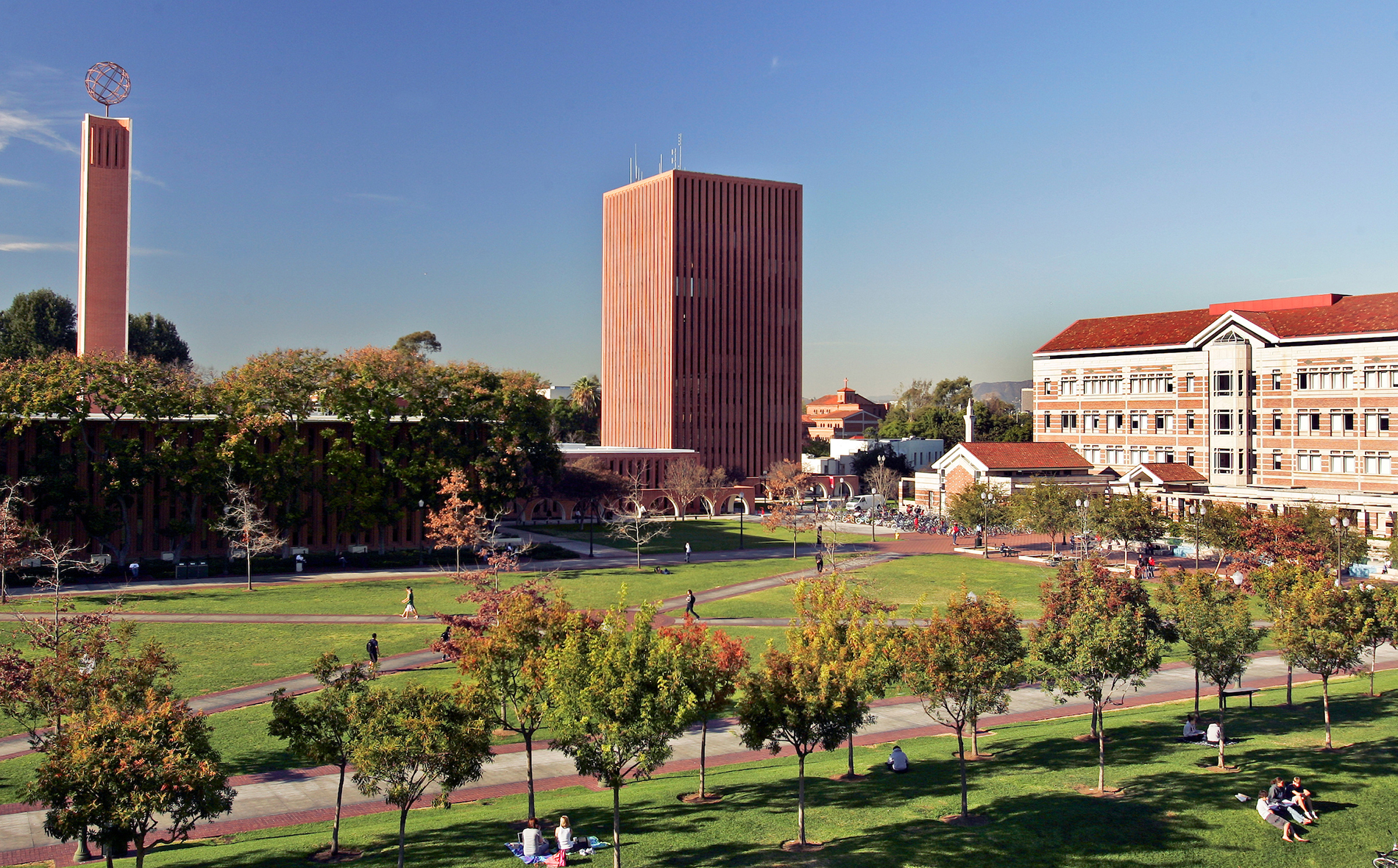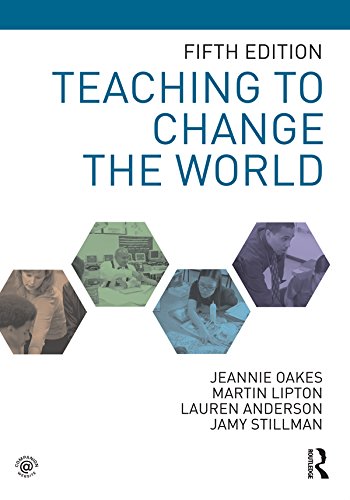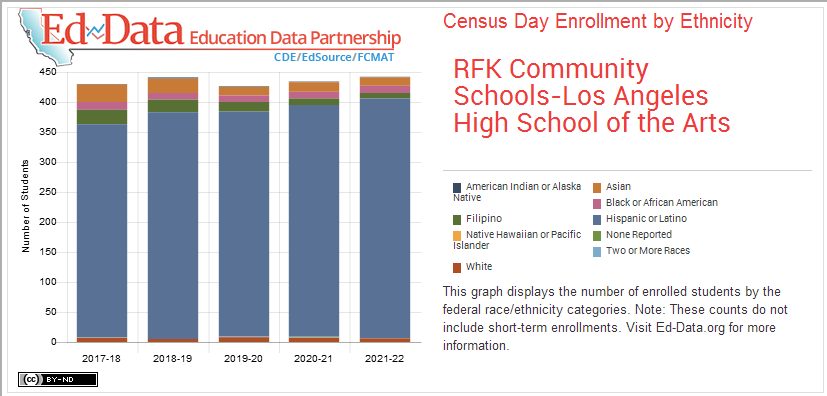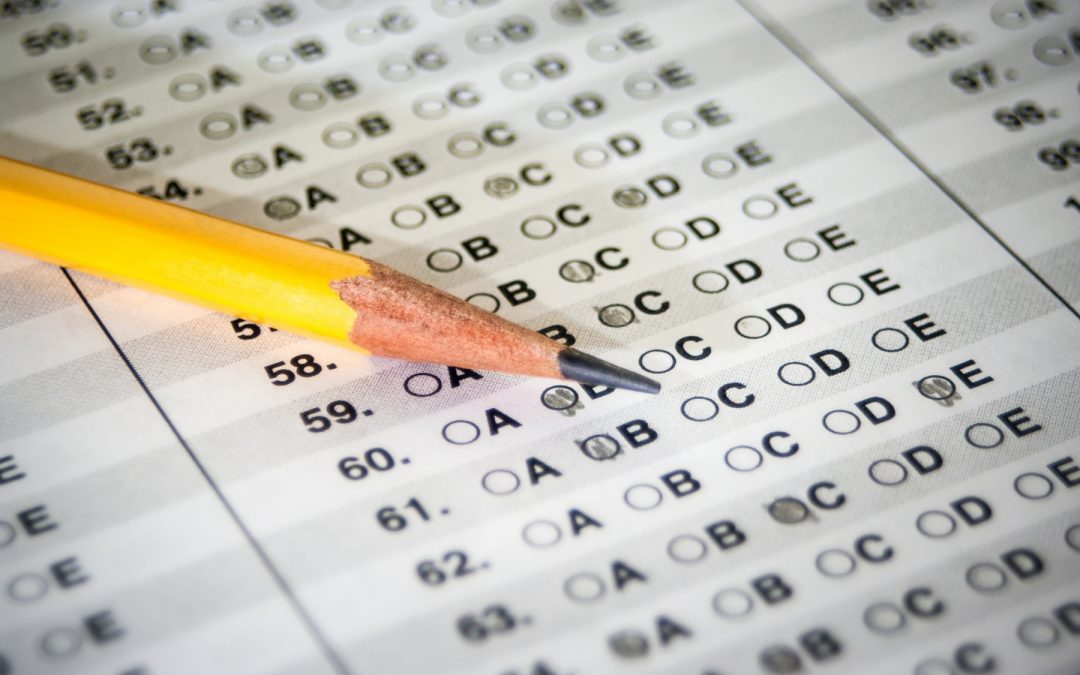Analysis of Data
Key Points
- Correlation does not equate causation: it is difficult to draw conclusions about the authenthic environment of a school merely by researching its data.
- LAHSA roughly reflects the demographics of its home in Koreatown in terms of ethnicity and socioeconomics status, with some differences.
- LAHSA's unique curriculum does not seem to affect standardized test scores, either positively or negatively.
Reaching Conclusions
Statistics alone do not accurately describe the quality of a school. For example, one may argue that LAHSA's low suspension rate indicates positive student engagement and a good school environment; however, a 30% rate of chronic absenteeism may indicate otherwise. It is important to note that chronic absenteesim rates have risen for all California schools since the COVID-19 pandemic. As of now, a 30% rate is about average. The Public Policy Institute of California states that these high rates may be because of COVID-19 related quarantining and isolation rules, and that it is possible that this spike is temporary.
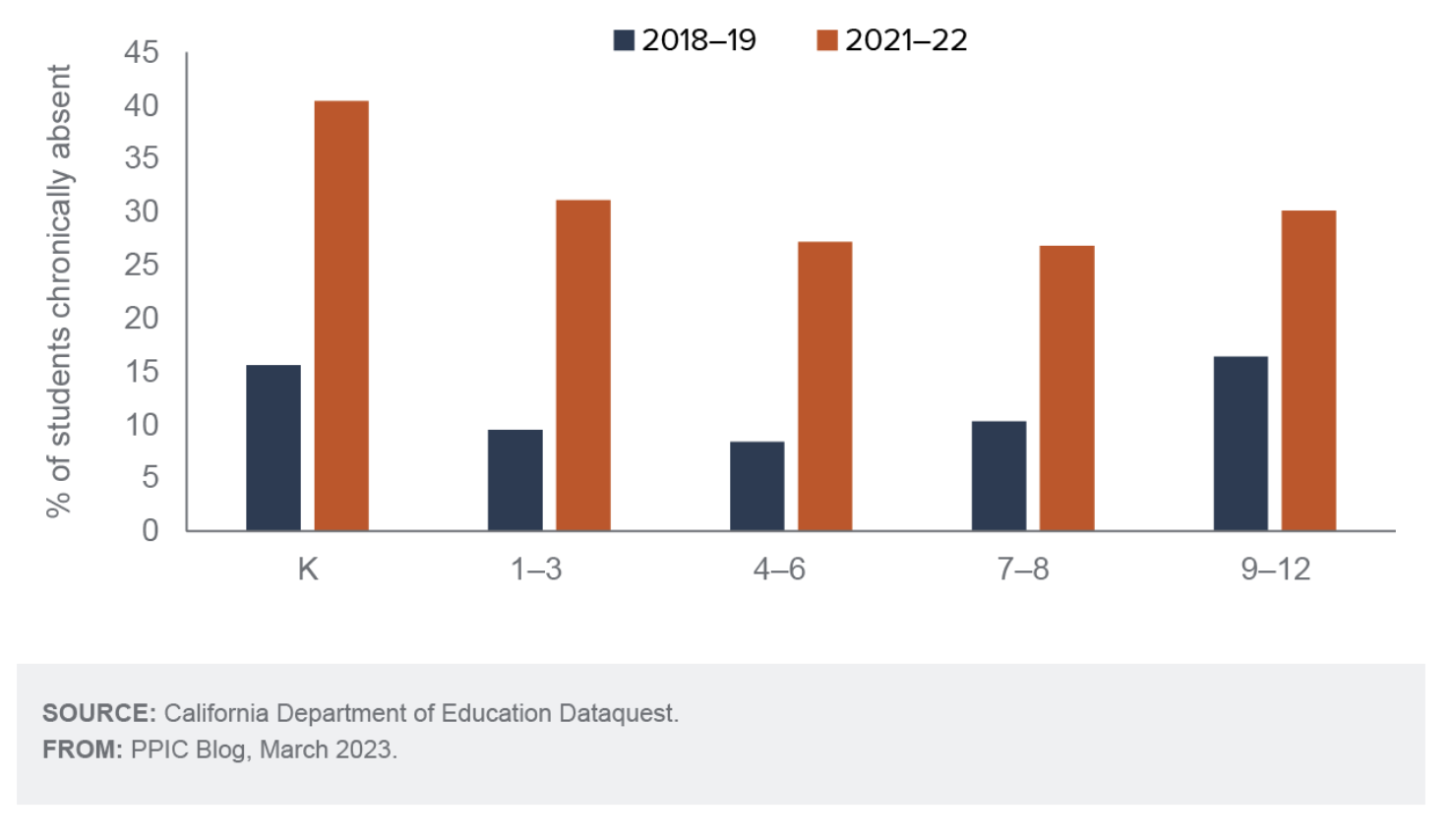 Is the spike in chronic absenteeism temporary? You'll have to wait for Part II...
Is the spike in chronic absenteeism temporary? You'll have to wait for Part II...
Community and Culture
The LAHSA student population is comprised of mostly Latinx students (90%) and students from socioeconomically disadvanaged backgrounds. Similarly, Koreatown is mostly Latinx. However, it would seem that Asian-American students are underrepresented at LAHSA, given that Koreatown is 37% Asian-American, and LAHSA is about 3%. The number of Latinx students at LAHSA has steadily increased since 2017, while the percentage of Asian-American students has decreased. The reason for this is not clear.
Pedagogy and Academic Performance
Why is LAHSA underperforming in both English and mathematics? Before one jumps to the conclusion that the school must be doing something wrong, take a look at the academic performance of a few of LAHSA's sister schools: New Open World Academy and the UCLA Community School. Their test scores look very similiar to LAHSA's- a "low" score in English and a "very low" score in mathematics. It is clear that underperforming standardized test scores are not limited to this art-focused high school. Could socioeconomic factors be a cause, then?
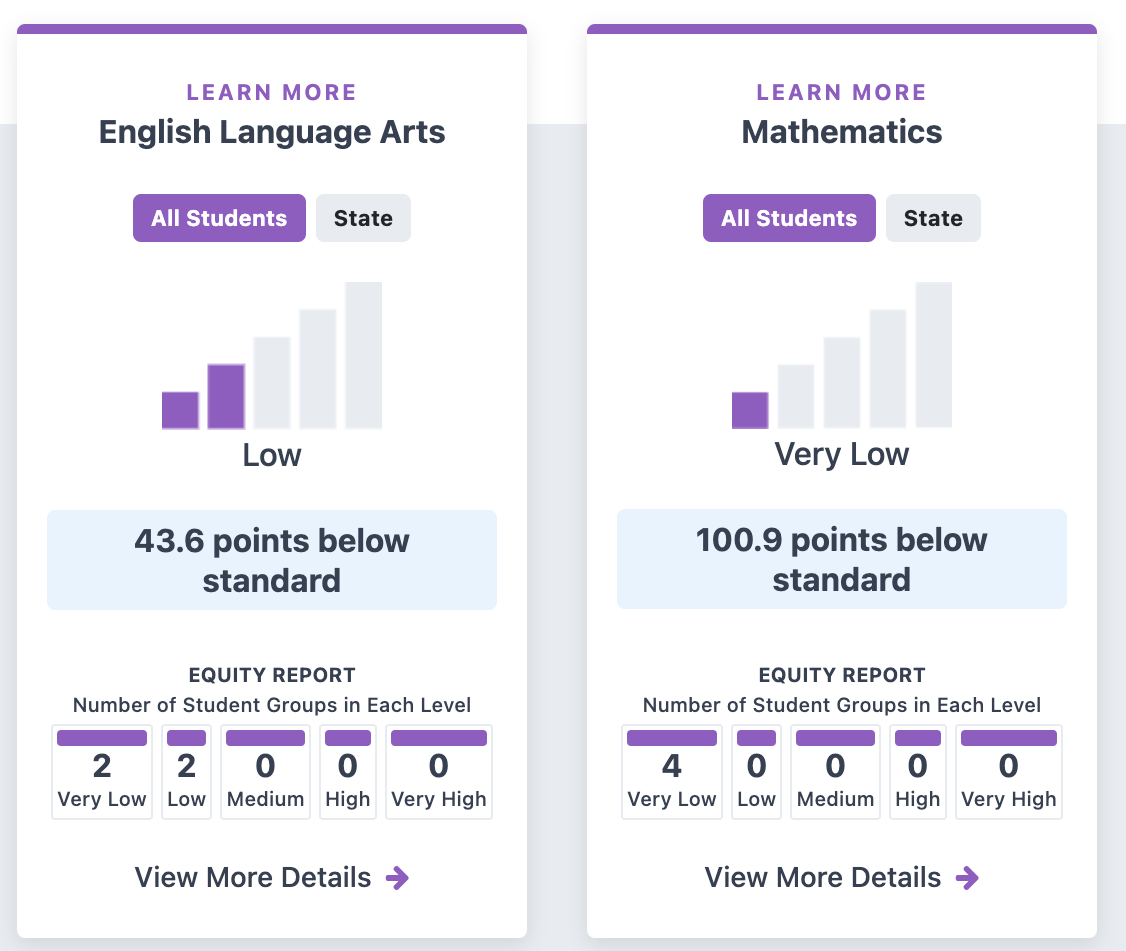 New Open World Academy Test Scores
New Open World Academy Test Scores
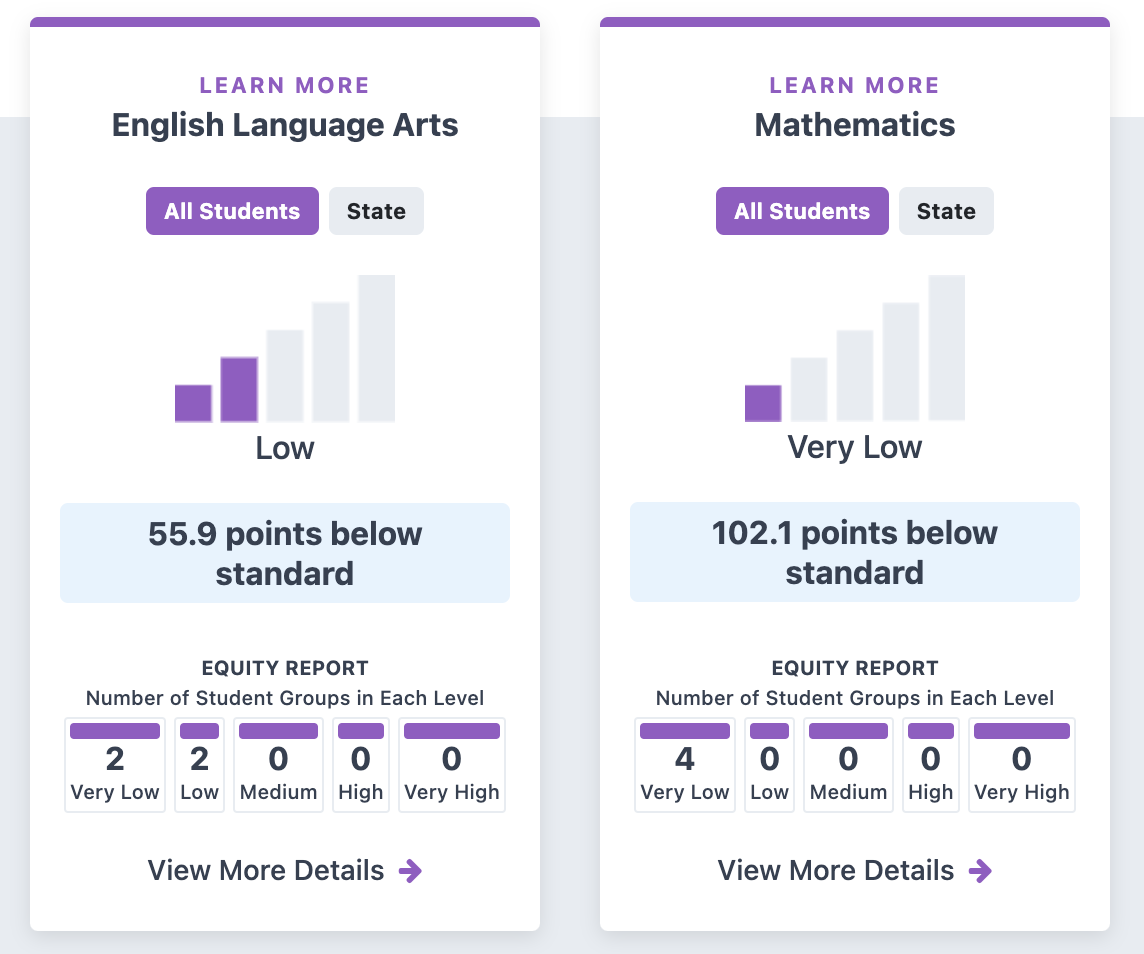 UCLA Community School Test Scores
UCLA Community School Test Scores
Connections to Class Readings
Takeaways
- Defining Success: What Makes a "Good School", Anyways?
- Potential for Power: Student-Centered Pedagogy is Important Beyond Test Scores.
- What Do Test Scores Mean? Do They Implicate Action?
History & Culture, Politics & Philosophy: Teaching to Change the World, Oakes (2018)
Should public schools secure democracy? Preserve American culture? Solve social problems? As Oakes states, "the history and traditions of the United States reflect sometimes conflicting values: from democratic to capitalistic ones, from concerns for individual freedoms to concerns for the common good" (p. 38). One's beliefs and assumptions about what a school "should accomplish" will greatly affect whether one sees a school as successful or not.
One of the leading philosophies in progressive educational systems is "critical multiculturalism." The goal of this curriculum is to "help students accomplish traditional public school goals (coursework, culutural and technical knowledge, credentials for work and college), all in the service of the broader goal of transforming oppressive structures" (Oakes, 2018, p. 101). LAHSA's school mission of "inspiring our students to become the next generation of creative thinkers" and teaching students to "meet challenges with creativity and determination" is very much in alignment with critical multiculturalism.
Culturally Reponsive Pedagogy: Culturally Responsive Teaching Theory, Research, and Practice, Gay (2018)
Through endeavors such as action-based projects and thematic units, LAHSA's teaching philosophy could also be described as culturally responsive. Geneva Gay defines this in her book "Culturally Responsive Teaching Theory, Research and Practice" (2018) as "using the cultural knowledge, prior experiences, frames of reference, and performance styles of ethnically diverse students to make learning encounters more relevant to and effective for them" (p. 36). LAHSA's art-based curriculum contains many derivatives of this philosophy, particularily performance styles.
Culturally responsive teaching is validating, comprehensive, inclusive, multidimensional, empowering, transformative, emancipatory, humanistic, normative, and ethical (Gay, 2018). These are all qualities that are not easily measured in standardized tests.
How Much Do Tests Really Matter?
"Some of today's high-stakes testing policies make students' performance on a test the only factor in very important decisions, such as grade promotion, course placement, and high school graduation" (Oakes, p. 133). Oakes goes on to describe how high stakes tests place an inequitable burden on English Learners and low-income communities, who often encounter additional barriers, such as academic language with little context and lack of resources, that prevent such groups from succeeding on these tests.
Oakes offers alternatives to high-stakes testing, such as targeted support services, professional development for teachers, mixed-age classrooms, and continuous relationships with teachers (Oakes, 2018).
Gay describes test scores and grades as "symptoms, not causes, of achievement problems" (p. 17). Altering a curriculum with the sole purpose of raising test scores is unlikely to have any substantial effects.
A Flexible Problem Solver
MAT Teachers should consider "it her or his responsibility to interpret, evaluate, recreate and mediate
delivery of a comprehensive curriculum that addresses ALL students’ needs."
Application: there is a disparity in the test scores between English Learners and English Proficient students at LAHSA. This is indicative that the needs of English Learners are not being met. How can we adjust the curriculum to better serve English Learners?
A Problem Poser
An MAT teacher should "identif(y) the needs of students, justif(y) addressing those needs with pedagogical and
political knowledge and rationale, and situate and cultivate her or his learners as stakeholders in the problem
solving process."
Application: most LAHSA students come from low-income backgrounds. How does this affect the quality of their education? What needs should be prioritized? How can I empower students to advocate for themselves and implement solutions that will address their needs?
An Intentional Researcher
An MAT teacher is one "who identifies topics, issues, and nuances within her/his learning community and conducts comprehensive investigations of current, relevant, and scholarly research to inform her/his planning, pedagogy, and/or assessment practices."
Application: Many data points that I researched did not have clear causes or courses of action. How was the LAHSA student performance and environment affect by the COVID-19 pandemic? Will these problems eventually get better on their own, or is more intervention required? What are the causes for low standardized testing scores? How can these causes be remedied?
The USC Rossier Mission
Mission Statement
Application: What practices can I implement as a student teacher that will provide LAHSA students with equitable education? During my time as a student teacher, I will reflect and improve upon my teaching pedagogy, continue my research, and study state policies most relevant to LAHSA.
Pillars
The four academic pillars of The USC Rossier School of Education are leadership, learning, accountability, and diversity
Application: as a student teacher at LAHSA, I will strive to implement creative solutions that improve learning, apply the learning theories that I have learned from my classes to my teaching, establish goals and strategies for my teaching that I will hold myself accountable to, and demonstrate my values of individual and cultural differences to my students.
